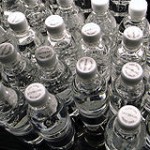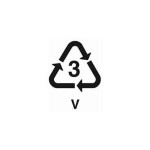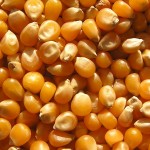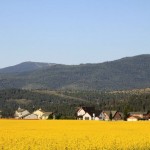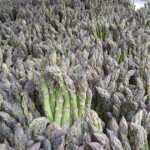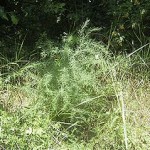by Catherine Haug, April 15, 2013
(photo, right, from Wikipedia)
This is just a short synopsis; you can find more detail in the complete, printable pdf file:
Gathering Summary: Container and Strawbale Gardening, with Mary and James Laud, March 20, 2013.
There were no handouts, but a photo-board with some great photos was included in the presentation; I will add the photos to the summary as soon as I receive them.
Just prior to our event, we had a HUGE rainstorm all across the valley, but Mary and James braved the weather and gave a great presentation. They had intended to bring some straw bale garden examples, but were unable to do that because they were too saturated from the storm. They did have photos of straw bales in various stages of gardening, so we could get the general idea. They also brought some clever artistic examples of container gardens.
Presentation Topics
- bag gardens
- straw bale gardens
- roof-top gardens
- their greenhouse construction
- container gardens
- various methods of making organic fertilizers for container gardens
- outdoor wood-fired pizza oven made on-site from fiber brick and fire clay or cob
Read on for audience comments and Q&A. (more…)

